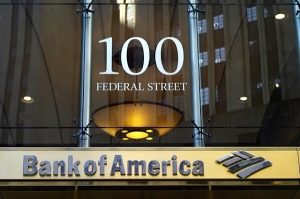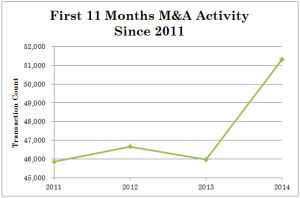A critical function of a sell-side advisor during an M&A transaction is the creation of a comprehensive buyer list. During the screening process of potential buyers, your M&A advisor must be thorough in their analysis of both potential strategic and financial buyers. This detailed analysis can heavily contribute towards the success of a sell-side M&A engagement. Several factors are examined when developing a buyer list including but not limited to the financial capacity of an acquiring firm, potential synergies, and current market share.
If the list of potential buyers isn’t well-researched, there’s a risk that the “right” buyer may miss the opportunity to bid on the company. This could be an expensive mistake for the seller.
It is crucial that the sell-side advisor understand the potential buyers and what might motivate them. Having a thorough understanding of their strategies, operations, and financial stability is essential in marketing the business for sale. Your M&A advisor must help potential buyers understand how synergies can be realized through the acquisition of a client’s firm. This is an important step as it will help the potential buyer to truly understand the value of the business for sale.
Boutique investment banks with a global reach are capable of developing a comprehensive worldwide prospective buyer list. A list that is not limited by geographies, language, or customs will allow the best possible acquirer to be discovered so that the best value and terms can be derived for the seller. M&A experience is equally important as investment banks with decades of transaction experience will be more capable of helping potential buyers understand the synergies that can be realized through acquisition, are better equipped to deal with buyers from around the world, structure the transaction, and know how to manage the process to a successful conclusion.











